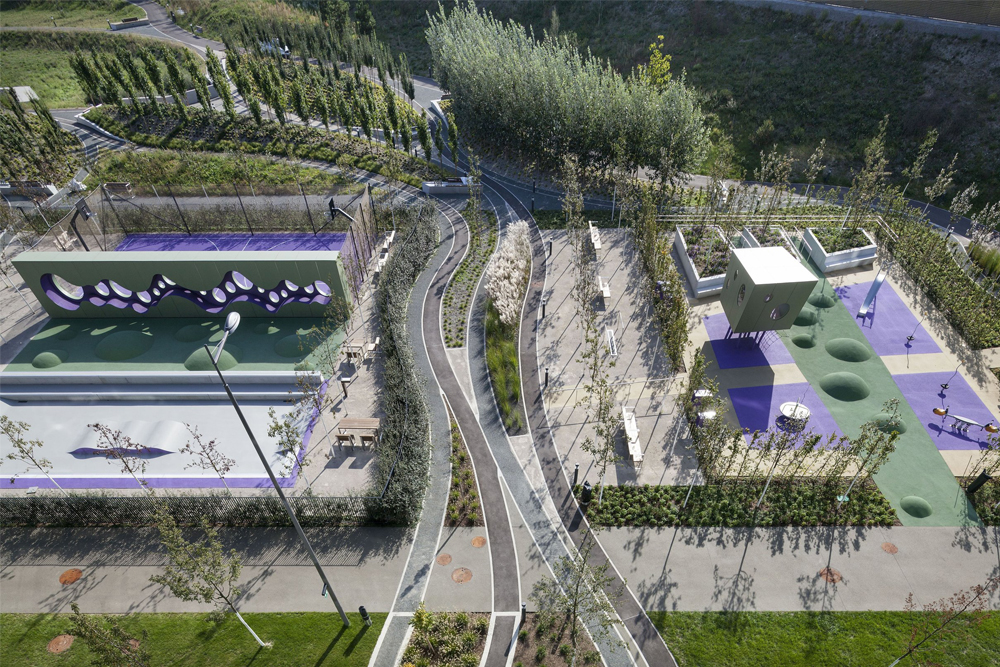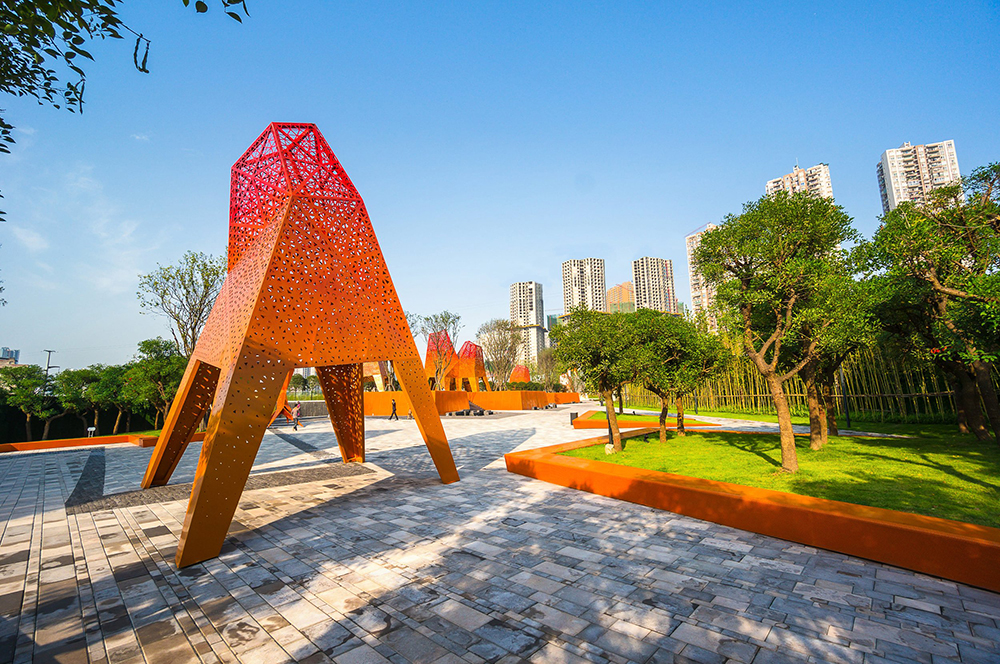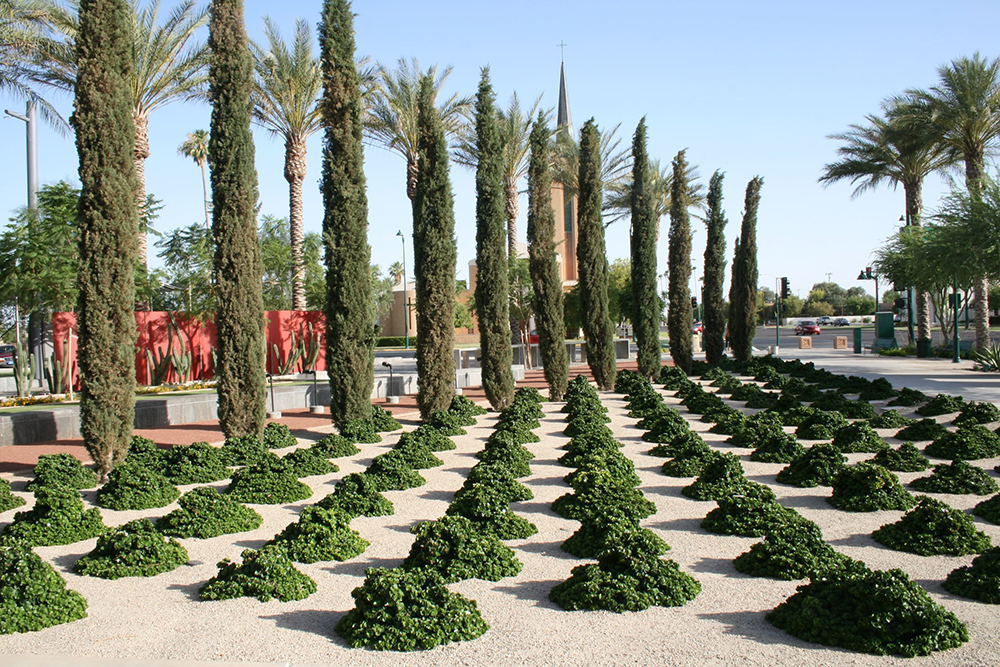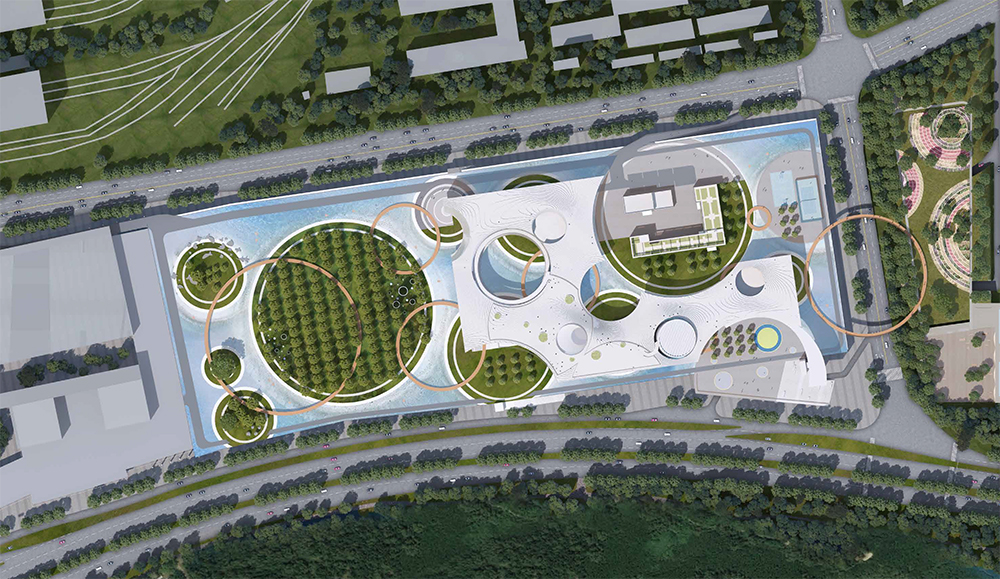121 Center St.
Portland, ME 04101
THE URBAN LANDSCAPE & its ROLE IN CLIMATE CHANGE
Planning and designing our cities to be “Climate Ready”
WHERE ARE WE IN CLIMATE CHANGE?
Currently, most efforts to address climate change are focused on reducing emissions of greenhouse gases. While those efforts remain vital, they’re no longer enough. Climate Change and its risks are upon us and happening much more quickly than science has predicted. Science says if we were to stop emissions tomorrow, the Earth will continue to heat up for decades. Cities will be going through extreme changes as they will be heavily impacted by climate change.
Why Cities are so Important in Addressing Climate Change?
There is very little written on the Urban Landscape, its importance in Climate Change, and how it protects cities. It is often viewed as a commodity which can be built upon (to make money), or the lack of acknowledgment of the profession of Landscape Architecture. This is a serious oversight, most likely due to a lack of understanding of the science of climate change.
The Urban Landscape provides open land for cities. This land, if left “unbuilt,’ will allow for the creation of many METHODS OF ADAPTATION which can reduce the many vulnerabilities of cities.
Nature-based Solutions will support the people within the cities, through how we plan and design our cities. This will mean that the land the city sits on will become more valuable than ever, but only if we can let it work as part of nature.
LANDSCAPE ARCHITECTS ARE NECESSARY IN THE FIGHT ON CLIMATE CHANGE.
Landscape architecture is based upon the understanding of ecology and ecosystems. Our understanding of natural systems gives us the foundation to not only understand the problems we are facing, but to be more able to respond to environmental issues that are impacting our cities.

Q&A
- If you weren’t in the architecture field, what would you be doing? I’d be doing LAND ART.
First of all, my father and all my uncles (on both Father & Mother’s sides) were architects. Their fathers (my grandfathers) both came from Eastern Europe, Belarus, and Romania. While they were not allowed to go to college or universities, they made their living through designing and making clothes. Due to their poverty, these families came over to the USA in a boat that was for cattle.
But the next generation, my dad and mom, were the first generation to go to college. My dad who started out in kindergarten, was allowed to draw on the blackboard all day because of his talent and ability to draw, ending up as one of the most important architects in Philadelphia.
My mother had a brother, Martin, also an architect, happened to be a TA at the University of Pennsylvania’s Architecture School. My dad also happened to be working at the University of Pennsylvania, under Louis Khan, one of the most important architects in the world at that time. Martin and my dad met, and as time went on, my mom, Stella, Martin’s cute sister, was introduced to my dad, Milton. and were married.
Due to the numbers of people within our family, who loved design and art, it was inevitable that their DNA would carry the urge to create and make things, dooming many of the rest of our family to move towards art and design.

Most of the children of the next generation (that includes me) as well as 3 out of 4 of my 4 sisters, many of my cousins, and now our children, have carried down this somewhat irritating DNA.
Before Kindergarten, I always loved to color in coloring books. As a child, I grew up drawing things and making things out of all sorts of material. At my grandmother’s house, she would save all sorts of wonderful things, like the cardboard in my grandfather’s shirts, the round brown tubes from toilet paper, and most luscious, my grandmother’s shoeboxes.
My dad had an office in Philly, and I spent days on my dad’s office floor. As a very young girl, I knew that I always LIKED TO MAKE THINGS! However, when I could read, I looked in the books in dad’s office. The pictures in the books, which showed Window Installments and how to put stairs into a house, were all too boring. By the time I was 7, I would never be an architect!
I continued to take art lessons at the Philadelphia Museum of Art for years, majored in art at High School, and went to the University of Michigan School of Architecture & Art.

During school, the artworld in the late 60’s and 70’s created a new type of art, called LAND ART, which was a movement around the rejection of the commercialization of artmaking. It was also an emergent ecological movement, and a spiritualism concerning. There was an amazing group of people doing monumental and beautiful land art such as, Robert Smithson, Michael Heizer, Richard Long, Walter De Maria, Nancy Holt, Anges Denes, Ana Mendieta, Maya Lyn and others.
I was completely taken. By the time I graduated from and got a bachelor’s degree in fine art, I knew I wanted to do Land Art. While still at U Michigan I wanted to continue with a master’s degree in Land Art, but in those days, there was no Land Art 101. A friend told me that I might want to go forward in Landscape Architecture.
I chose the University of Michigan’s program in Landscape Architecture, which at that time was known as the “Design” Landscape Architecture school. I was accepted. When I first met the chairman, I asked if I could take an advanced course in art. He told me that there is no relationship between Art and Landscape Architecture! I was shocked, and started to wonder if I was going to continue in this department. He then told me:
“A GOOD LANDSCAPE IS A LANDSCAPE THAT DOES NOT SHOW THE HAND OF MAN”
At that point I was certain that I was never going to be a Landscape Architect.
However, from my very beginnings in Landscape Architecture, I started to create landscapes that were both performative + very artistic. I believed that the landscape could be, like art and architecture, a new way of defining our culture, thus, moving us forward. However, our remit, now, is to address Climate Change. But there is no reason to not create art in the landscape, as beauty is essential to life.

- What is your favorite album of all time? JAMES BROWN ALIVE AT THE APOLLO
- Where is the next place you want to travel? NEOVIV RESORT, SWITZERLAND TREATMENT CENTER
- Using one word, how would you describe yourself? DISORGANIZED
- What do you have framed on your wall that means the most to you? BABY PIX OF MY 3 CHILDREN
- Would you rather have the ability to fly or be invisible? FLY
- What class did you enjoy most in high school? ART
- When you were younger, what did you think you would be doing at this point in your life? STILL BE YOUNG
- Where is the farthest place you have traveled? AUSTRALIA
- How many times have you been to Maine? THREE
- If you could take a class what class would it be? / What is one new thing you would like to learn? HOW TO COOK
- What is your news source? NEW YORK TIMES
- Do you have any nicknames? MAR
- What hobby do you wish you could spend more time on? PLAY THE PIANO
- What was your first job? FILING FILES
- 27. What fictional character do you most identify with? STIMPY
- What talent would you most like to have? To be ORGANIZED
- Do you have any hidden talents? I MAKE GREAT POPCORN
- What is your favorite season? SPRING
- Outside of architecture, what is your creative outlet? LANDSCAPE ARCHITECTURE
- Outside of your own work, what is your strongest architectural experience? ANCIENT BUILDINGS
- Models: digital or physical? PHYSICAL BY FAR